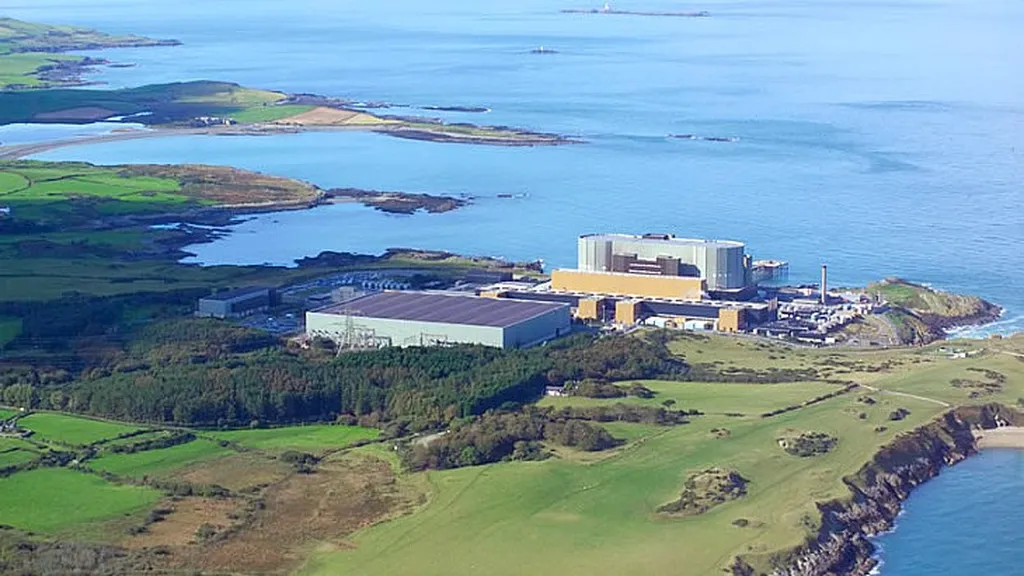The UK’s decision to host three Rolls-Royce small modular reactors (SMRs) at Wylfa on the island of Anglesey marks a significant step in the country’s nuclear energy strategy. This state-backed initiative, spearheaded by Great British Energy–Nuclear (GBE-N), aims to establish a sovereign SMR capability with potential for export. The project, underpinned by over £2.5 billion in government funding, envisions an initial deployment of three 470-MWe Rolls-Royce SMRs, with the possibility of expanding to eight reactors at the site.
Simon Bowen, chair of GBE-N, highlighted the project’s dual objectives: attracting private investment and reducing reliance on imported energy. The government’s ambition is for these SMRs to begin supplying power to the grid by the mid-2030s, with site activities commencing in 2026. GBE-N has also pledged to engage with local communities and stakeholders to ensure the project delivers lasting value and maintains public trust.
The Rolls-Royce SMR, a pressurized water reactor, boasts a 60-year design life and a capacity factor above 95%. Its modular construction, involving 1,500 transportable modules, aims to reduce on-site construction time. The reactor is designed with both passive and active safety features and has potential for cogeneration applications. Rolls-Royce SMR targets both domestic and international markets, focusing on scalability and competitive energy generation.
This project is part of the UK’s broader strategy to expand nuclear capacity to 24 GW by 2050 and reassert public ownership in major nuclear projects. Alongside the Wylfa announcement, the government tasked GBE-N to identify potential sites for another large-scale plant beyond the 3.2-GW Hinkley Point C project and the 3.2-GW Sizewell C station. The Energy Secretary has requested that the assessment include sites across the UK, including Scotland.
The Rolls-Royce SMR’s factory-led construction model is a key attribute. The entire power station is constructed using standard transportable modules manufactured and tested in off-site factories to minimize activity on site. This approach is intended to shorten schedules, reduce weather-driven uncertainty, and standardize installation sequences across multiple deployments.
Rolls-Royce SMR also positions its licensing architecture as a strategic differentiator. The company’s integrated E3S Case—a combined Environment, Safety, Security, and Safeguards package—aligns with IAEA SSG-61 and U.S. NRC NUREG-0800 standards to streamline both domestic and export licensing. The company says that the digitalized, modular structure is intended to increase licensing flexibility when exporting Rolls-Royce SMRs outside of the UK.
The Rolls-Royce SMR’s 470-MWe design is currently the most advanced SMR in the UK’s Generic Design Assessment (GDA) process. The company completed GDA Step 1 (Initiation) in March 2023 and Step 2 (Fundamental Assessment) in July 2024, with no fundamental environmental protection shortfalls identified. Step 3 (Detailed Assessment) commenced in July 2024 and is planned for completion by December 2026.
Outside the UK, Rolls-Royce SMR has also secured partnerships. ČEZ, the Czech Republic’s largest public company, selected Rolls-Royce SMR as its preferred technology partner in September 2024 and acquired a 20% stake in the company. The first Czech SMR is expected to be built in the mid-2030s, with ČEZ indicating interest in deploying up to 3 GW of SMR capacity across multiple locations.
The UK government has indicated that the Wylfa decision “doesn’t close the door” to other SMR developers. Several privately driven projects are also advancing in the nation. This development could shape the future of the nuclear energy sector, potentially accelerating the deployment of SMRs and fostering a more competitive and innovative market. The project’s success could also influence global nuclear energy strategies, highlighting the potential of SMRs in meeting energy demands sustainably and securely.

